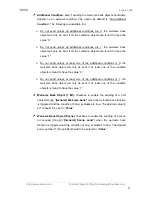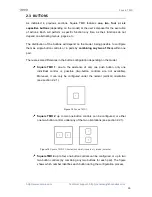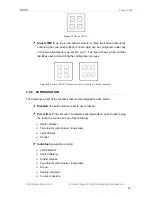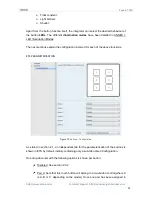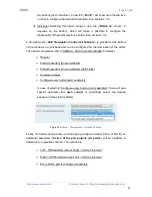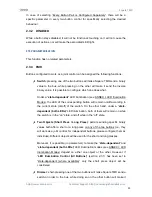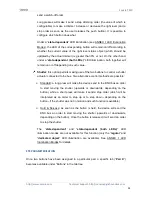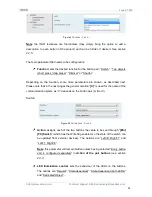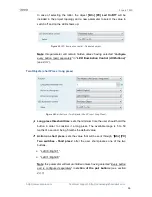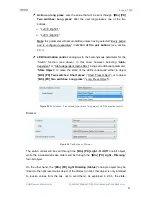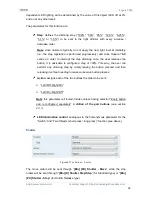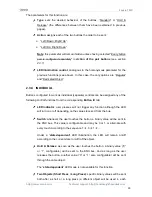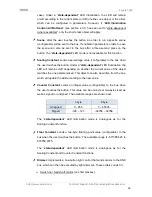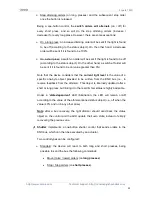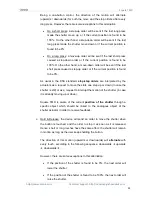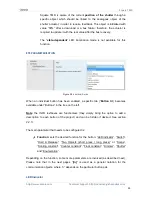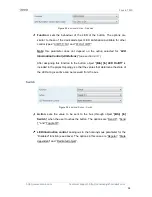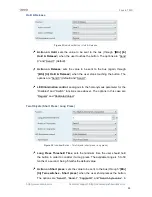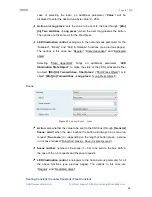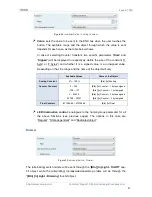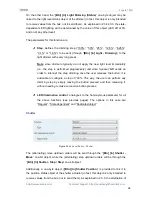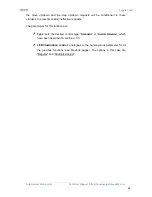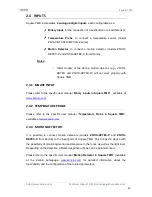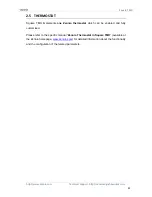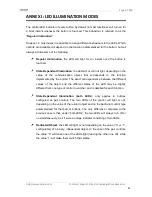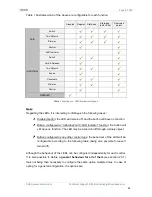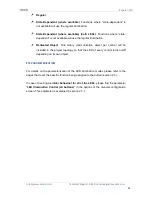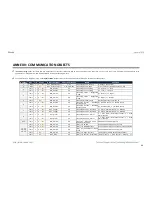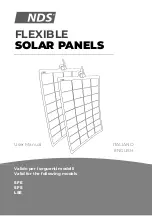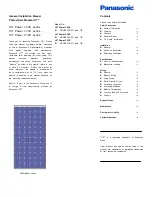
Square TMD
http://www.zennio.com
Technical Support:
http://zennioenglish.zendesk.com
31
Step dimming orders (on long presses) and the subsequent stop order
once the button is released.
Being a one-button control, the
switch orders will alternate
(on / off) for
every short press, and so will do the step dimming orders (increase /
decrease) for every long press. However, there are some exceptions:
On a long press: an increase dimming order will be sent if the light is found
to be off (according to the status object). On the other hand, a decrease
order will be sent if it is found to be 100%.
On a short press: a switch-on order will be sent if the light is found to be off
(according to the status object). On the other hand, a switch-off order will
be sent if it is found to be on (value greater than 0%).
Note that the device considers that the
current light level
is the value of a
specific one-byte object provided to be written from the KNX bus (i.e., to
receive feedback from the dimmer). This object is internally updated after a
short or long press, but linking it to the real dimmer status is highly advisable.
Under a “
state-dependent
” LED illumination, the LED will remain on/off
according to the value of the aforementioned status object (i.e., off when the
value is 0% and on in any other case).
Note
:
after a bus recovery, the light dimmer should send back the status
object so the control and the LED update their own state, instead of simply
recovering the previous one.
Shutter
: implements a one-button shutter control that sends orders to the
KNX bus, which can then be executed by an actuator.
Two control types can be configured:
Standard: the device will react to both long and short presses, being
possible to send the bus the following commands:
•
Move (raise / lower) orders (on
long presses
).
•
Stop / Step orders (on
short presses
).

